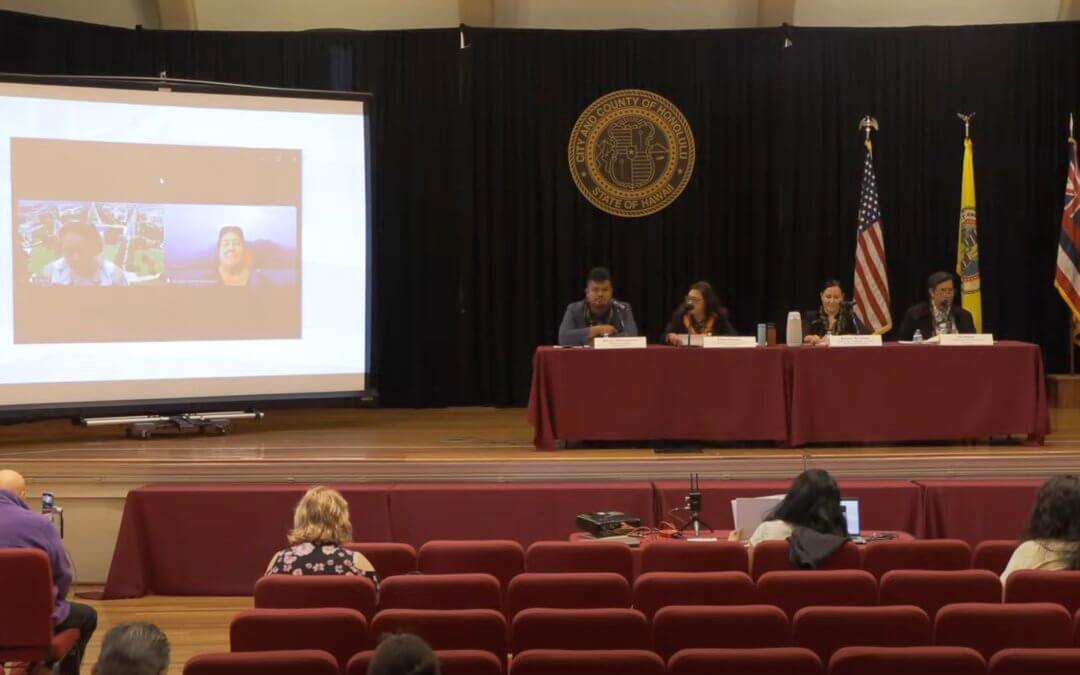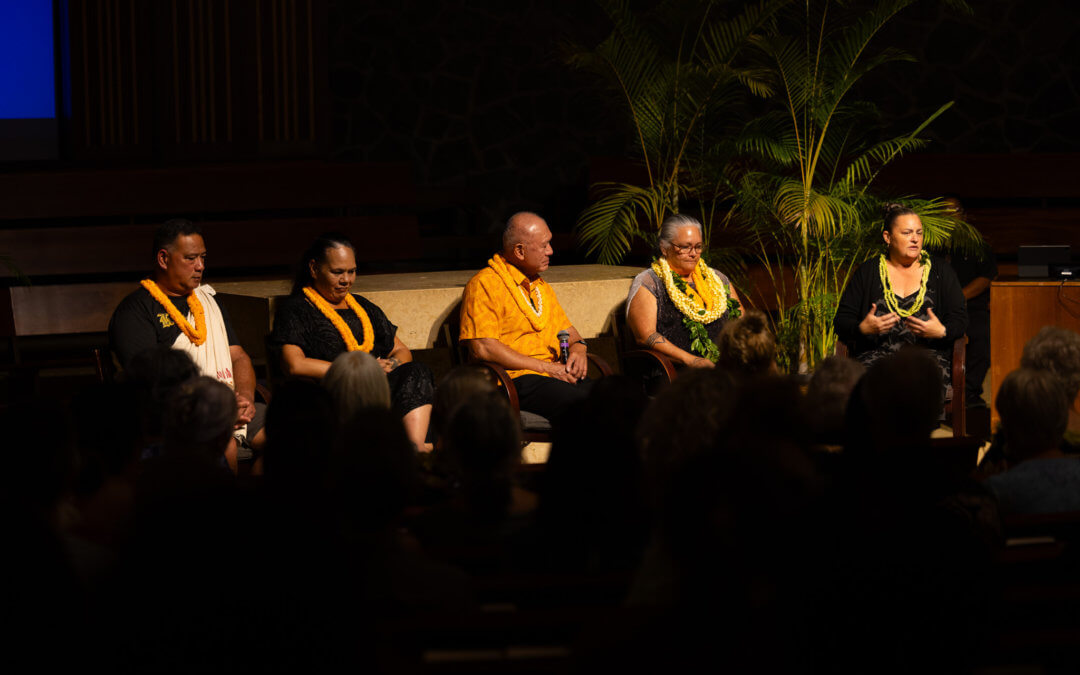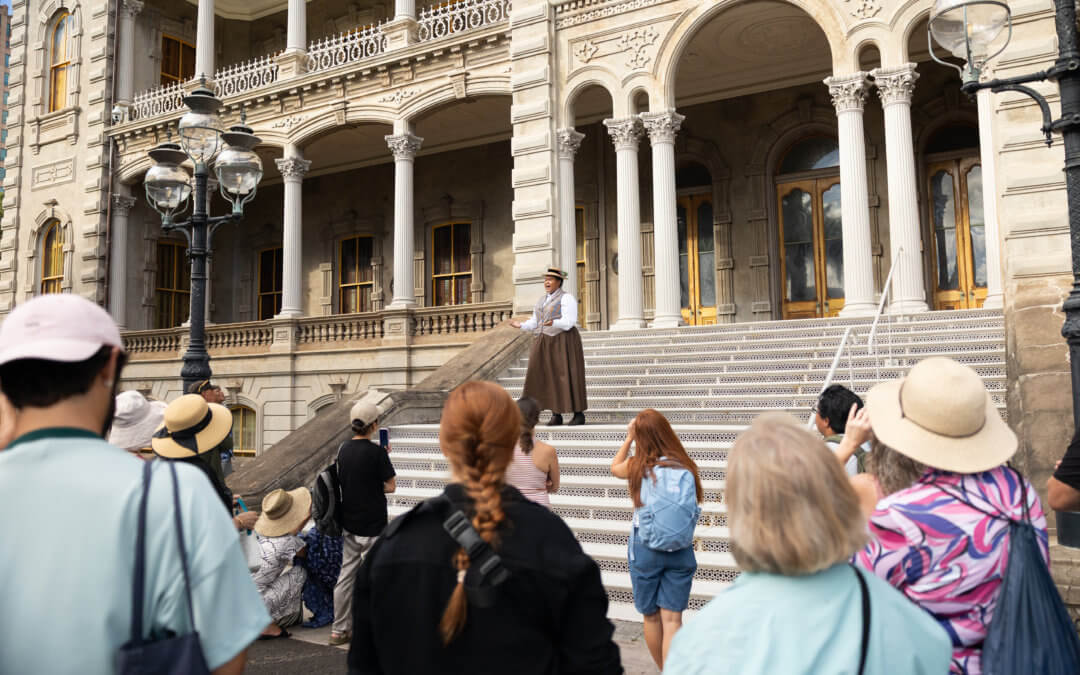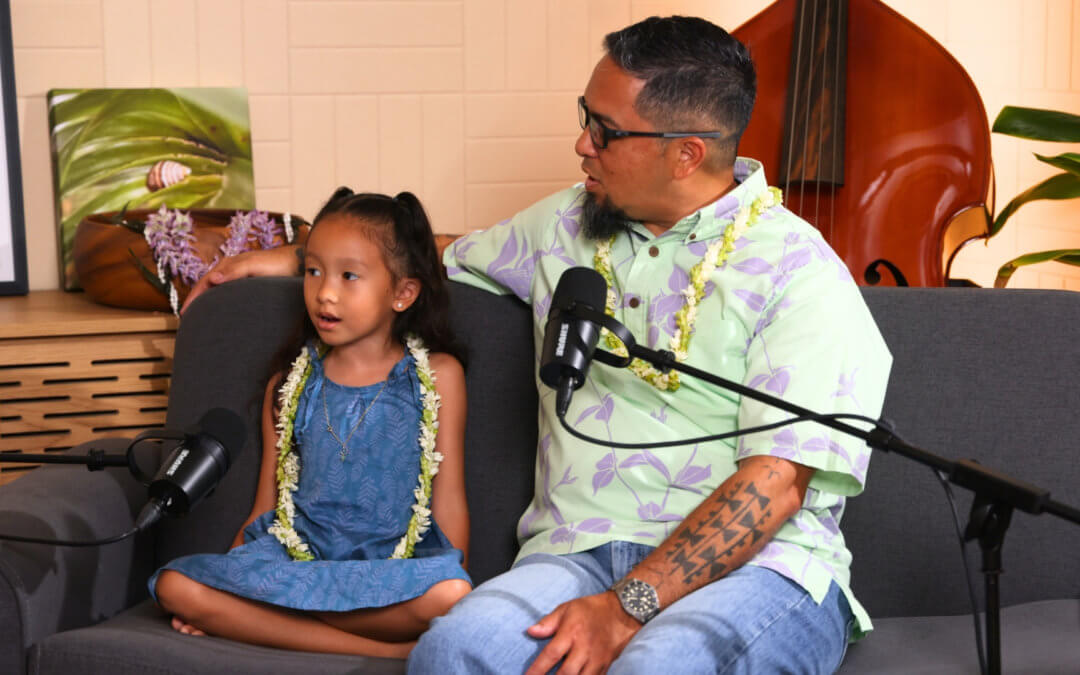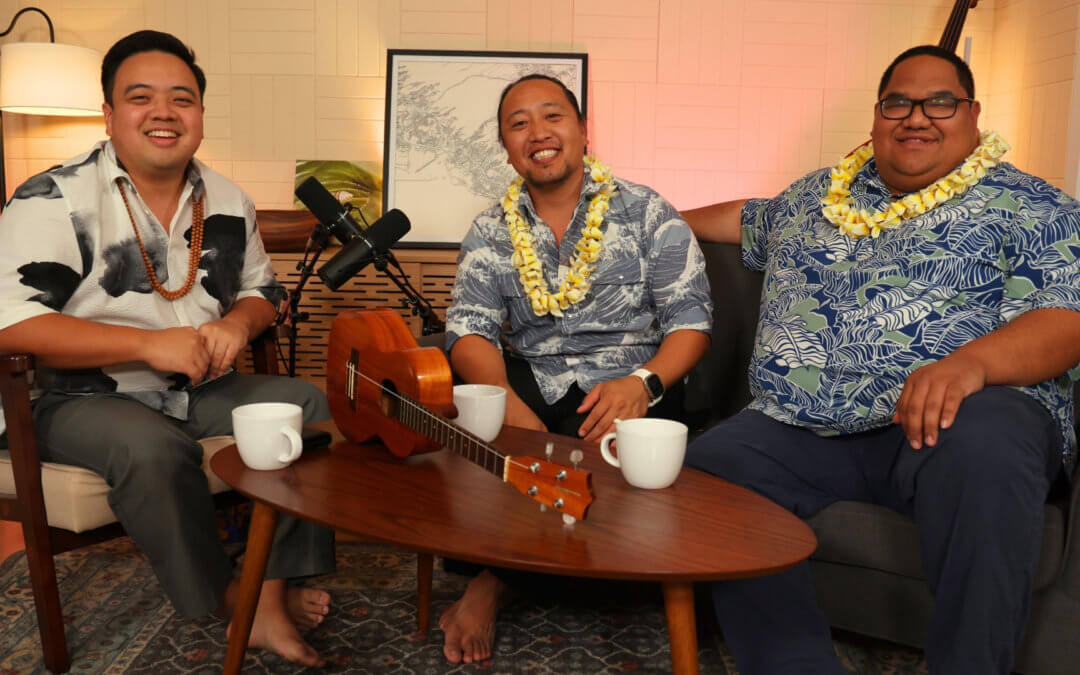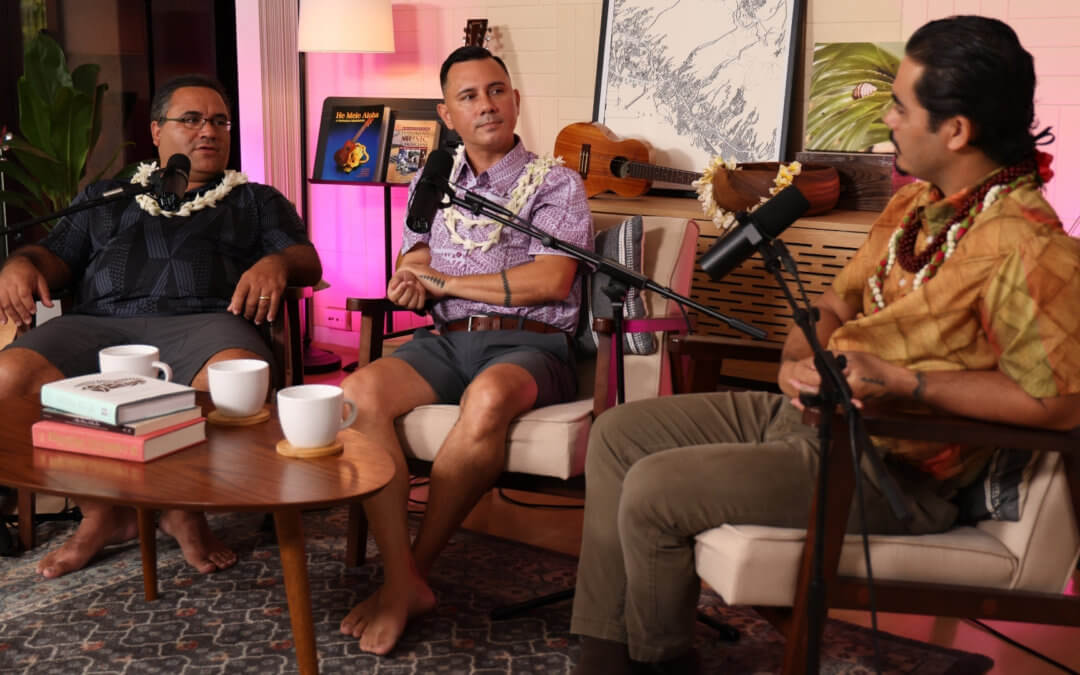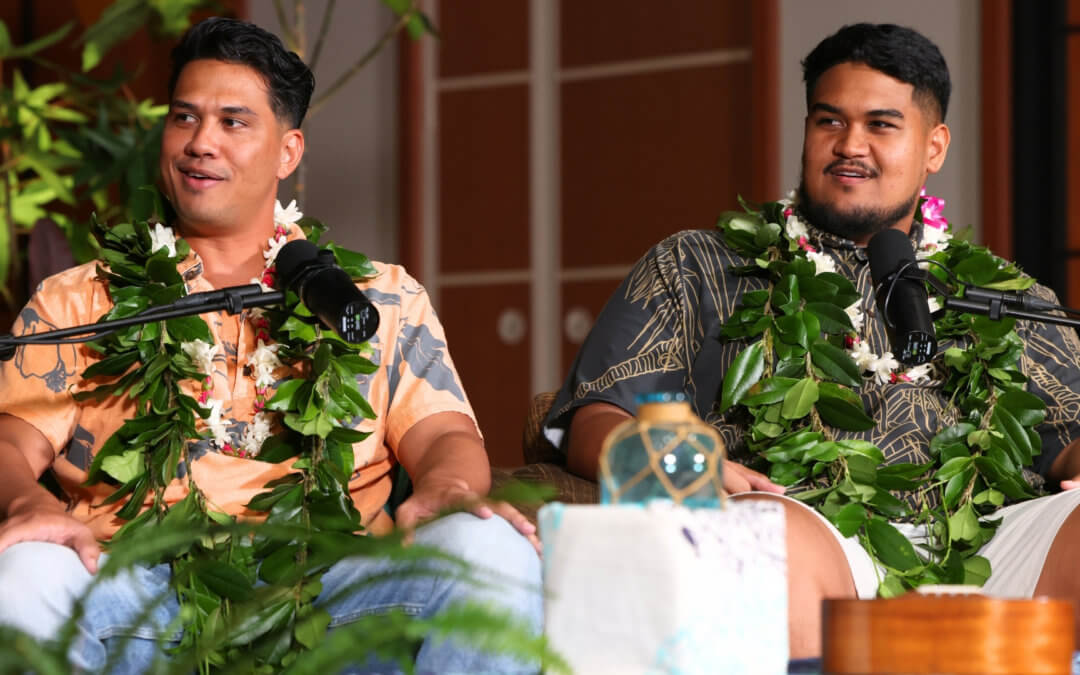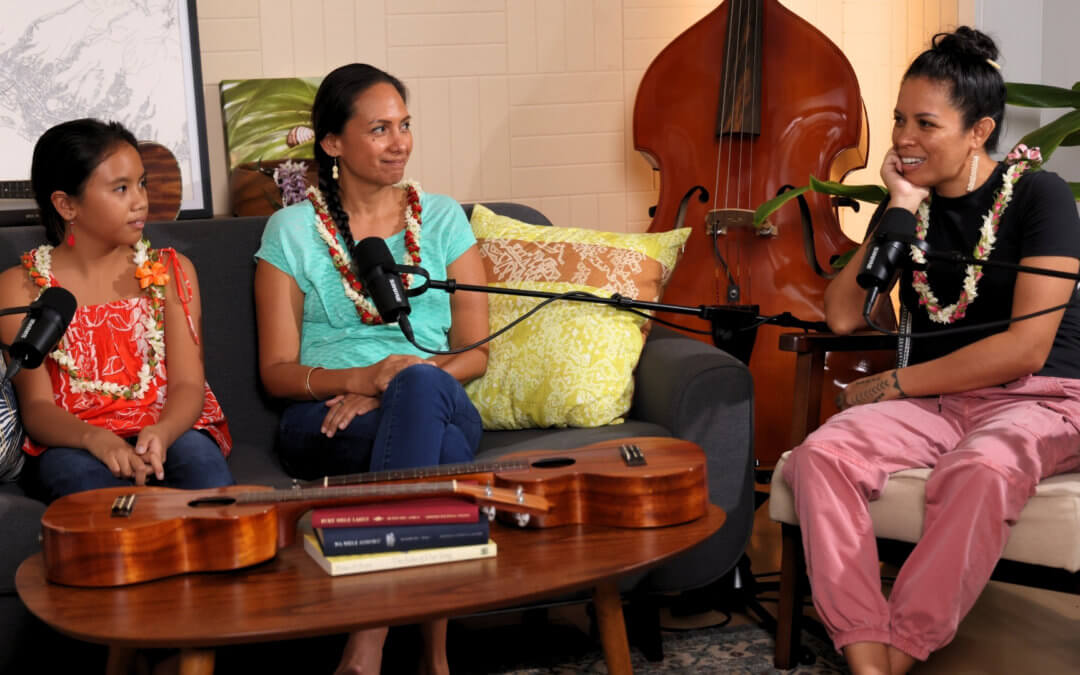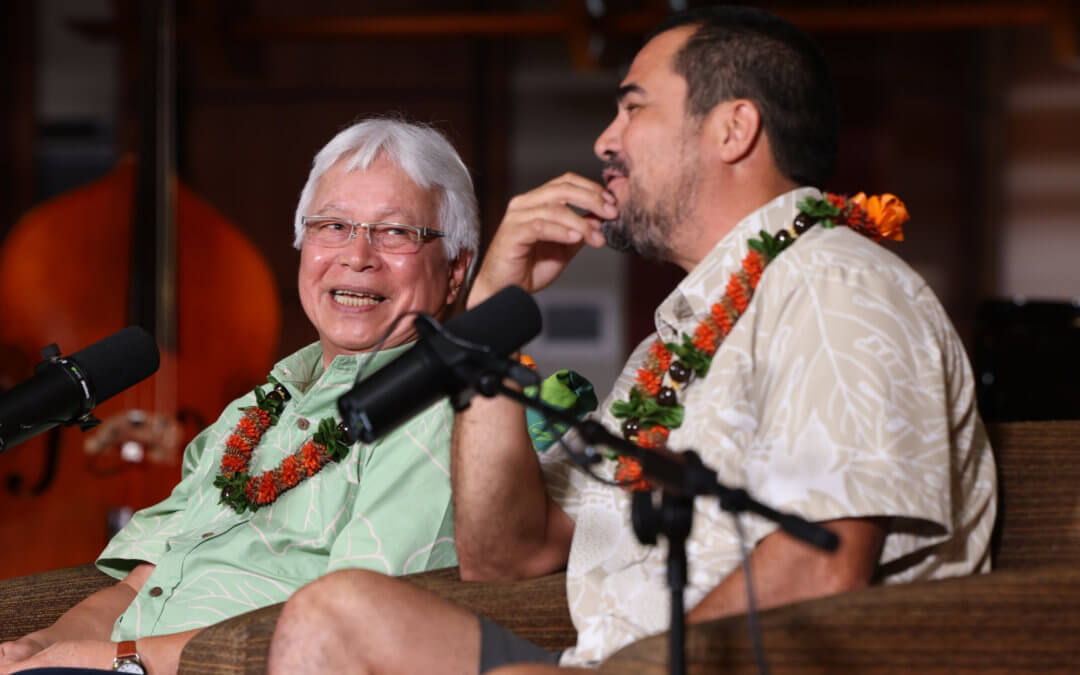No ʻAneʻi Ko Kākou Ola explores the benefits of Hawaiian-medium education in establishing a strong foundation in culture and language as exemplified at Ke Kula ʻo Nāwahīokalaniʻōpuʻu. Located in the district of Puna on the island of Hawaiʻi, this unique kindergarten to 12th grade educational community utilizes ʻōlelo Hawaiʻi in all interactions between students, teachers, and staff. As University of Hawaiʻi-Hilo Hawaiian language professor Pila Wilson explains, this total immersion in ‘ōlelo Hawaiʻi is necessary because “even families that speak Hawaiian at home live in neighborhoods where all the kids out on the street are speaking English…so in order in order to make Hawaiian stronger, we have to put extra effort into that.” Beyond the cultural reward, learning within a mutlilingual setting also has academic benefits. Nāwahī leadership is working with institutions like the Educational Testing Service to develop reliable methods to validate the advantages of a Hawaiian-medium education.
Building on the earlier success of the Pūnana Leo preschool programs in reestablishing a living Hawaiian language, Nāwahī continues the mission of normalizing ʻōlelo Hawaiʻi in all settings, especially outside of schools. This practical application of the Hawaiian language through everyday situations ensures that the native perspective continues. Kauanoe Kamanā, principal of Nāwahī and founding member of the ʻAha Pūnana Leo, notes that memorizing and withholding knowledge has little benefit. A wise, educated person has the ability to analyze a situation or a body of knowledge and can actually use this knowledge in a productive way. There is no value in just knowing something or being able to talk about it; the value of knowledge is in its application. Nāwahī students are encouraged and expected to use their education in service of their ʻohana and community that perpetuates a thriving culture, language, perspective, and identity.
